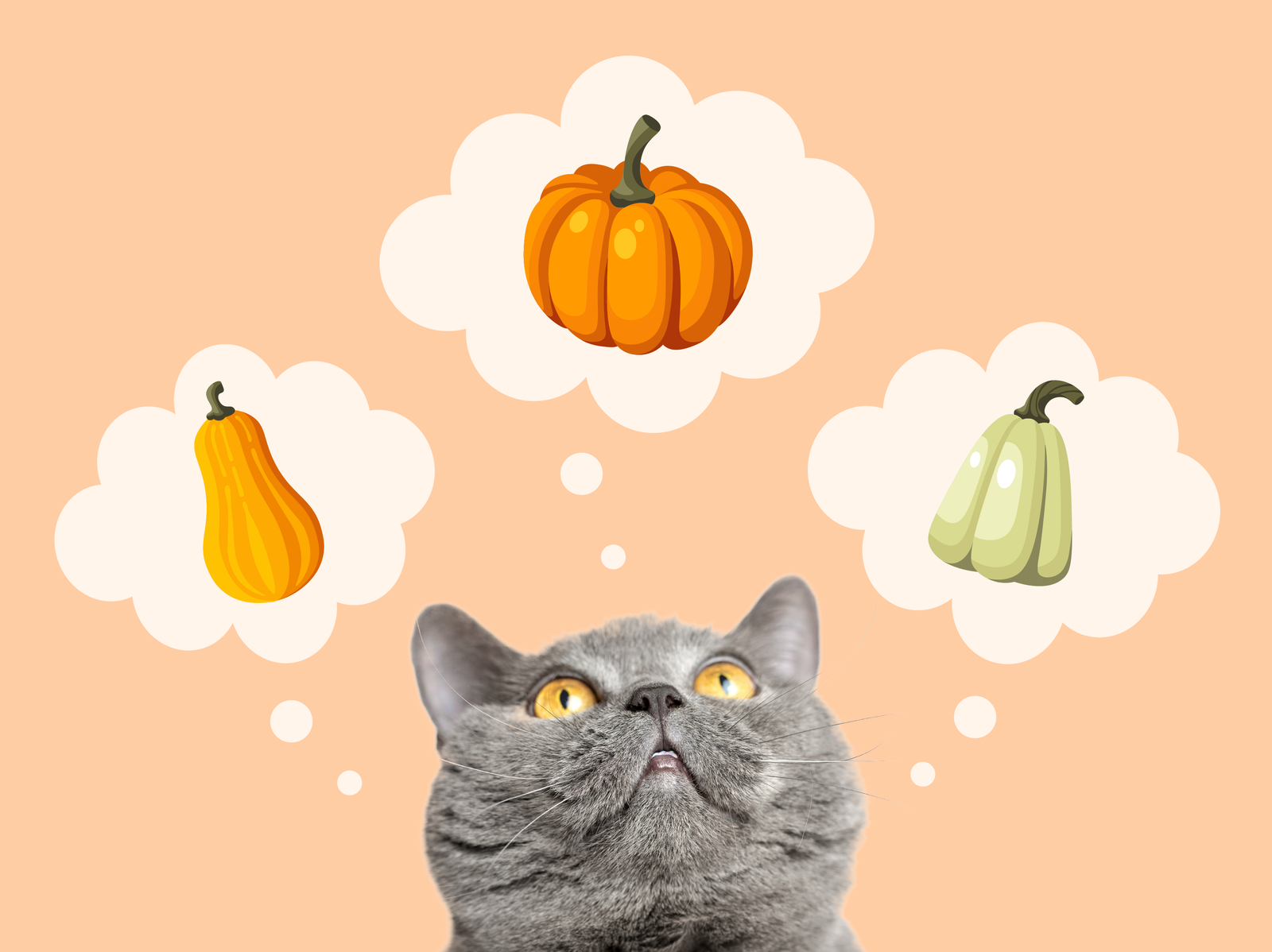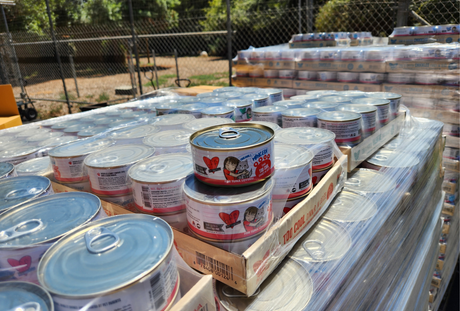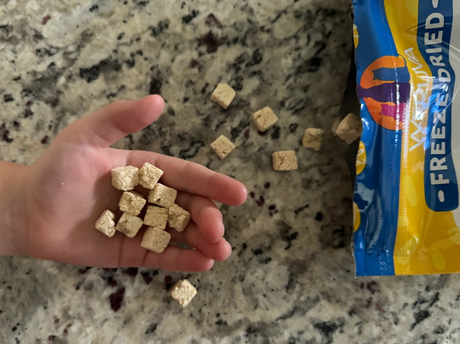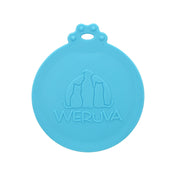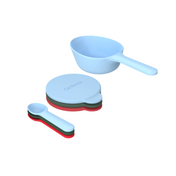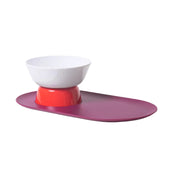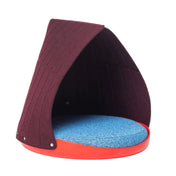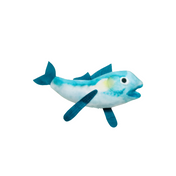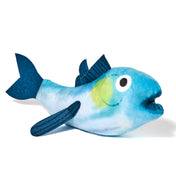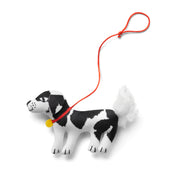“Wait… what IS this?!”
We get this question a lot. From emails and calls to our Customer Experience team, to photos sliding into our social media DMs - even tagging @weruva in stories. Pumpkin colors and textures spark curiosity. And honestly? We love it.
 Pumpkin for dogs and cats isn’t just the bright orange jack-o’-lantern you see in October. Pumpkins come in a rainbow of colors, each one hinting at unique textures and flavors. And when it comes to your pet’s health, that variety matters.
Pumpkin for dogs and cats isn’t just the bright orange jack-o’-lantern you see in October. Pumpkins come in a rainbow of colors, each one hinting at unique textures and flavors. And when it comes to your pet’s health, that variety matters.
Sure, orange is the celebrity. But pumpkins also come in creamy whites, sunny yellows, deep greens, and even dusty blue-greys. Each variation has subtle differences: softer versus denser flesh, sweeter versus milder flavor, more or less water content.
Why Pumpkin for Dogs and Cats Is a Superfood
Weruva’s Pumpkin Patch Up makes it easy to add pumpkin purée for dogs and cats to their diet, giving them all those natural benefits. Whether you need pumpkin for dogs with sensitive stomachs or pumpkin for cats to help with hairballs, Pumpkin Patch Up is a simple solution.
- Soluble and insoluble fiber to keep their “poo-poos” right
- Vitamins, minerals, and antioxidants that support digestion, skin, coat, and overall wellness
Pumpkin really is a superfood, for both people and pets.
The Many Colors of Pumpkin
Pumpkins belong to the genus Cucurbita. Originally native to the Americas, they traveled the globe through trade. In Thailand, pumpkins didn’t just survive — they thrived.
Today, they're a staple ingredient in everyday cooking, from savory curries to sweet custards. Thailand is where Weruva sources and makes many of our recipes. The country's high food production standards ensure each pouch is consistently wholesome and safe for your pets.
Globally, there are five cultivated pumpkin species. Each species varies in color, texture, taste, and climate adaptability. No matter the variety, pumpkin dog food and pumpkin cat food both benefit from these natural differences in texture and nutrition.
Here’s a quick look:

One Gourd to Rule Them All
If Thailand had to crown a pumpkin king, it would be Fak Thong (ฟักทอง). Introduced in the 16th and 17th centuries, it became the go-to pumpkin for Thai cooking and is now part of Weruva’s extended family.
Here’s the thing: pumpkins change with the seasons. Fak Thong (ฟักทอง) planted in June or July and harvested from October to December can look and taste different depending on maturity:

- Early harvests = lighter flesh, softer texture, higher water content
- Later harvests = deeper orange color, denser flesh, less water content
That means the pumpkin in your PPU (Pumpkin Patch Up!) pouch might vary a little in appearance. But rest assured, it’s always the same wholesome nutrition inside.
FAQs About Pumpkin for Dogs and Cats
Is pumpkin good for dogs?
Yes, pumpkin for dogs is one of the best natural ways to add fiber. It regulates digestion, eases constipation or diarrhea, and supports overall gut health.
Can cats eat pumpkin?
Yes. Pumpkin is safe for cats in small amounts. It can help with hairballs, digestion, and healthy stool quality. A spoonful of pumpkin purée for cats is also a great way to support hydration.
What kind of pumpkin is best for pets?
Plain, cooked pumpkin or trusted options like Weruva’s Pumpkin Patch Up. It's real pumpkin purée for pets that's ready to serve. Avoid sweetened pie filling or anything with spices.
How much pumpkin should I give?
A spoonful is often enough for most cats and small dogs. Larger dogs can enjoy a bit more. Always start small and check with your vet if you’re unsure.
Still got PPU QQQs?
Learn more about the benefits of pumpkin for dogs and cats by exploring our overview of Pumpkin Patch Up on our blog. You can also check out our friend @cappybears on Instagram to see pumpkin’s benefits for pets in action.
And as always, if you're ever in doubt, our Customer Experience team is all ears! Contact us and we'll be more than happy to help with any questions or concerns you may have.

